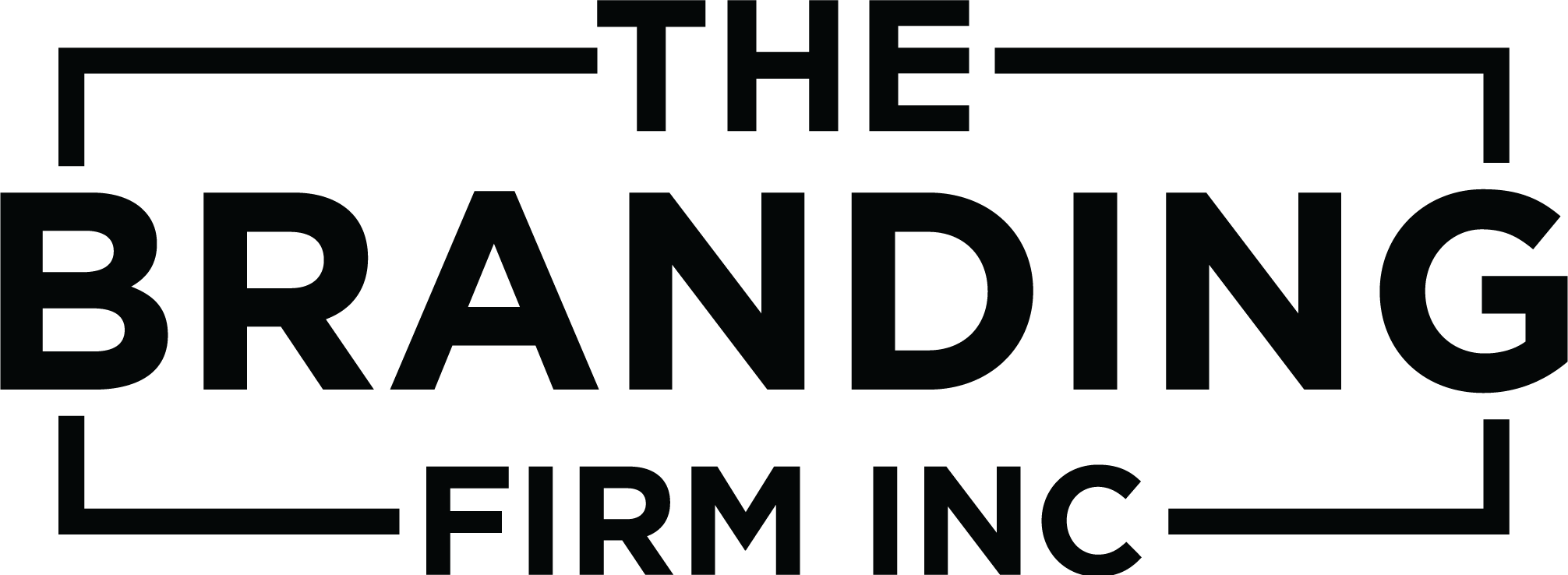Table Of Contents
In 2025, the line between web development and SEO has blurred and at the centre of that convergence is performance. Google’s search algorithm now places a growing emphasis on how fast, stable, and responsive a page is and not just how informative or keyword-optimized it may be. This shift has made Core Web Vitals and performance-driven SEO mission-critical for agencies, developers, and marketers alike.
If you’re building websites to rank, convert, and retain users, this guide will show you how to measure, optimize, and scale web performance to improve SEO rankings, user experience (UX), and conversion rates. We’ll cover everything from LCP, INP, and CLS optimization to tool stacks, real-world case studies, and infographics that break down these complex metrics into actionable visuals.
What Are Core Web Vitals?
Core Web Vitals are Google’s user-centric performance metrics used to evaluate a site’s real-world experience. These vitals are now officially part of Google’s ranking algorithm, particularly under its Page Experience signal, which also includes mobile-friendliness, HTTPS, and safe browsing.
The 3 Core Metrics in 2025:

Why Core Web Vitals Matter for SEO and Marketing
The benefits of optimizing Core Web Vitals go far beyond search visibility. They directly affect your site’s ability to retain users, convert traffic, and scale campaigns across organic and paid channels.
Business & SEO Benefits:
- Higher rankings on Google, especially for mobile users
- Faster indexing via improved crawl budgets
- Lower bounce rates and higher engagement metrics
- Improved conversion rates on landing pages
- Better PPC performance through higher Quality Scores
How to Measure Core Web Vitals
Understanding your performance starts with the right tools. Here’s how to benchmark and continuously monitor your Core Web Vitals.
Essential Tools:
- PageSpeed Insights – Combines field and lab data to show current vitals
- Google Search Console (GSC) – Aggregates sitewide Core Web Vitals performance
- Chrome DevTools (Lighthouse) – Live audit with detailed technical diagnostics
- WebPageTest – Waterfall visualizations, TTFB, and paint timings
- CrUX BigQuery – For advanced field data at scale
Deep Dive: How to Optimize Each Core Web Vital
Let’s break down how to optimize each metric with real-world techniques, tools, and developer workflows.
Largest Contentful Paint (LCP): Load Speed
LCP evaluates how quickly the most significant content on your page becomes visible to users—usually a hero image or heading. It reflects perceived load time, which is critical for both UX and SEO.
Optimization Checklist:
- Use a CDN (Cloudflare, Bunny.net, Fastly) to serve assets faster
- Implement server-side rendering (SSR) or static site generation (SSG)
- Compress images and convert them to WebP or AVIF
- Inline critical CSS for above-the-fold elements
- Preload fonts and largest images using
<link rel="preload">
Interaction to Next Paint (INP): Responsiveness
INP measures the total delay between a user action (click/tap) and the browser’s next paint. This makes it a more complete and real-world metric than its predecessor, FID.
Optimization Checklist:
- Use code-splitting and lazy loading for JavaScript
- Break long tasks into chunks with
requestIdleCallback() - Eliminate unnecessary third-party scripts (chat, analytics)
- Optimize or replace bloated JS frameworks with Svelte, Alpine.js, or Astro
- Keep DOM size small and manageable
Cumulative Layout Shift (CLS): Visual Stability
CLS penalizes any unexpected movement of page content while loading. Users hate it—and so does Google. CLS can tank your rankings and usability if ignored.
Optimization Checklist:
- Set fixed width and height attributes on all images/videos
- Preload web fonts and use
font-display: swap - Reserve space for ads, embeds, or iframes
- Avoid inserting new elements above the fold dynamically
Performance Optimization Tech Stack for 2025

Core Web Vitals SEO Checklist
- Pass LCP, INP, and CLS on mobile and desktop
- Audit with Lighthouse and GSC regularly
- Defer and async non-critical scripts
- Use next-gen image formats (WebP/AVIF)
- Compress CSS, JS, and HTML assets
- Preload fonts and key images
- Set static dimensions for media
- Avoid layout shifts from dynamic elements
Make Performance SEO a Pillar of Your Strategy
In 2025, performance is no longer an afterthought—it’s a competitive advantage. Whether you’re optimizing for SEO, UX, or paid ads, Core Web Vitals are the foundation of fast, stable, and engaging digital experiences. Agencies that master performance-driven SEO not only improve rankings but also deliver real ROI across every channel.


